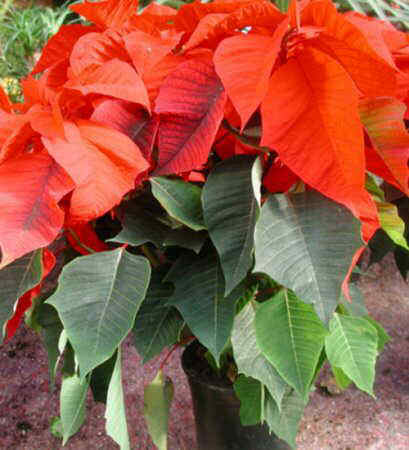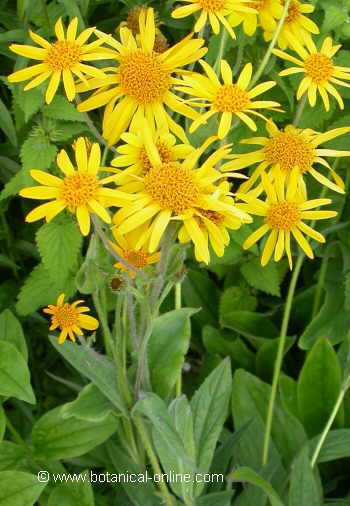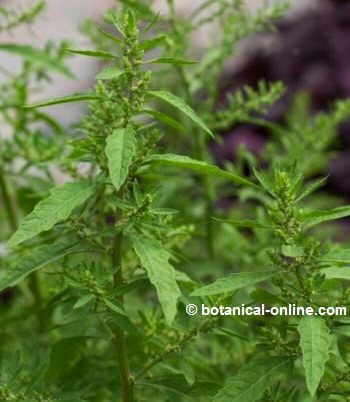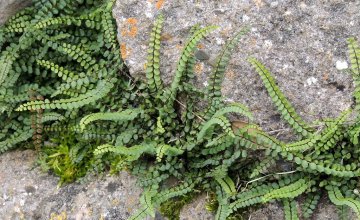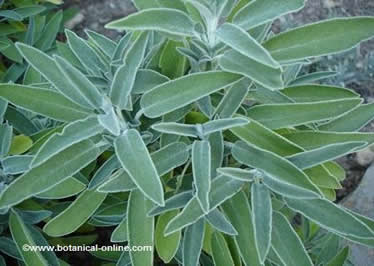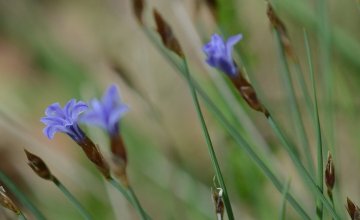Contents
Cypress. Pests and diseases:
Main diseases of cypress
The main diseases are fungal in nature. These include:
- Cypress canker: It is caused by the fungus Seridium cardinale. It has been infecting cypresses from World War II, being the most important pest worldwide that can affect this tree or other Cupressaceae, Juniperus, etc. The disease is transmitted by insects that bore into the bark and introduce this fungus, or when birds deposit its spores on it. The higher the humidity, the greater the level of dispersion, which occurs during the rainy season.
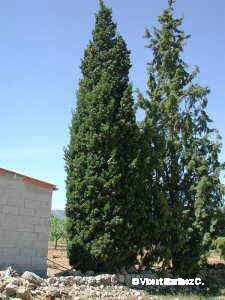 It makes branches dry and leaves fall, along with the emergence of a number of cankers on the bark oozing a dark reddish brown resin. The main treatments focus on prevention and drug treatment in the early stages of the disease. As prevention, much emphasis must be taken on buying clean seeds or genetically resistant trees to this disease.
It makes branches dry and leaves fall, along with the emergence of a number of cankers on the bark oozing a dark reddish brown resin. The main treatments focus on prevention and drug treatment in the early stages of the disease. As prevention, much emphasis must be taken on buying clean seeds or genetically resistant trees to this disease.
In mature trees, the best solutions are cutting the affected parts of the tree crown and remove the cankers covering them with a disinfectant dressing.
- Phomopsis is a disease caused by a parasitic fungus (Phomosys oculta) that attacks many gymnosperms, among which pines and cypresses. Such as cypress cancer, it causes the branches to dry, especially the finer branches located on the outside of the tree. Unlike previous disease, it does not affect the trunk so it does not produce cankers therein. The extent of disease is higher with cool, humid climates. Suitable chemical treatments can stop the progress of this disease.
- Armillaria root rot (Armillaria mellea) is a fungus that causes the death of many shrubs and trees (mango, cherry, peach, pistachio, almond, apricot, plum, papaya, Kermes, roses, vines, etc. (It is one of the major pests of many plants as the mycelium is installed at their roots and causes their putrefaction. Excessive moisture and water retention in the soil are primarily responsible for the appearance of this disease that usually attacks the the weakest samples.
The fungus continues to reproduce even the affected tree is rot because mycelium extends underground.. From it grow the mushrooms of this fungus by the fall. The spores of these fungi can be carried by the wind and brought into contact with other trees, so that may also infect them by penetrating their tissues.
There is no treatment for this disease. Armillaria affected trees should be cut. The best strategy is prevention. Therefore, cypress should not be planted fungus-infected areas. Too watered soil or poor drainage may promote the development of the disease.
A good way to prevent cypress to be infected is to surround them with disease-resistant trees. The roots of the same emit compounds that neutralize the mycelium advance. These trees are, for example: Boxwood, ash, myrtle, Aleppo pine and carob.
- Funerea Pestalotiopsis: A fungus that attacks young cypress trees grown in pots producing leaf yellowing and subsequent fall.
Pests affecting cypresses
Among the main pests:
- Cypress aphids (Cinara cupressi) they are a type of aphids that feed on the sap of this plant determining that many branches dry. The can also be the vector for the transmission of other diseases. Cypress aphids can be treated with with the appropriate insecticide in late winter or early spring.
A less aggressive pretreatment can be chosen, spraying the whole tree with water in which a few leaves of tobacco had been put during a couple of days. Tobacco has insecticidal properties and may be able to eliminate these pests. If this remedy does not work, you must change to the chemical treatment.
- Cypress bark beetle (Phloeosinus aubei): This beetle is responsible for a series of tunnels in the bark that can weaken trees producing even their death. At the same time, it is a vector of transmission of cypress canker since it spread its spores from other infected trees.
Other beetles that can attack from within causing damage to the stem are, for example, Semanotus Laurasi o Phloeosinus spp.
Falling leaves of cypress
It is normal that some yellowing and leaf loss occurs during a period of the year. If this loss occurs throughout the year, it is the most clear symptom that the tree is sick.
In this case it is best to consult a specialist to examine what is the real cause of this loss, and apply the right treatment.
*Related information
![]() More information on cypress
More information on cypress

